MSP Marketing Guide To 5 Million+ ARR
Last Updated: January 30, 2024
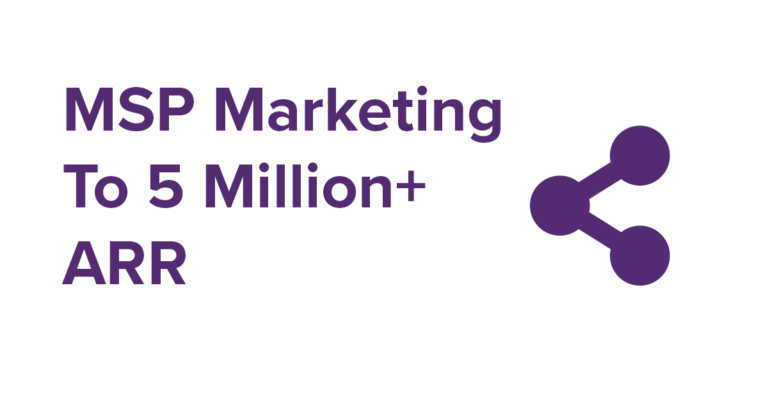
In this guide, we’re going to talk about how you can use MSP marketing to generate enough pipeline to get to 5 million plus in annual recurring revenue. A lot of the things we’ll talk about in this guide can be used in larger and smaller businesses but for the purposes of this guide, we’ll focus specifically on how MSPs in the 500k to 1.5MM ARR range can put the MSP marketing infrastructure in place to build a steady pipeline and grow to 5 million plus in annual recurring revenue.
What Does A 5 Million Dollar MSP Look Like?
The first thing to think about when putting together an MSP marketing plan is understanding what a 5 million-dollar business might look like in terms of customer composition. A typical MSP customer might look something like a 20-seat business at a $150-$200/seat/month managed IT services contract and a handful of larger 50-150 seat customers and a few things in between. If an MSP were to have only 100 seat companies as customers they would need approximately 20 customers, and if they were to only have 20 seat customers they would need around 100 customers. For simplicity’s sake, I’ve omitted hardware sales and project revenues.
The point is that to create a 5 million+ dollar MSP business, you’re like going to need somewhere in the neighborhood of 50 active customers. Assuming a 5% churn rate you’ll need to bring on around 3 new customers per year just maintain that level once you get there. Churn will also happen to your existing customer base throughout your growth so you’ll need to acquire more than 50 customers just to reach the point of having a stable base of 50 active customers.
| Revenue Per Seat | Number Of Seats | Annual Customer Value | # Customers Needed For 5MM ARR |
| $ 200.00 | 10 | $ 24,000.00 | 208 |
| $ 200.00 | 20 | $ 48,000.00 | 104 |
| $ 200.00 | 30 | $ 72,000.00 | 69 |
| $ 200.00 | 40 | $ 96,000.00 | 52 |
| $ 200.00 | 50 | $ 120,000.00 | 42 |
| $ 200.00 | 60 | $ 144,000.00 | 35 |
| $ 200.00 | 70 | $ 168,000.00 | 30 |
| $ 200.00 | 80 | $ 192,000.00 | 26 |
| $ 200.00 | 90 | $ 216,000.00 | 23 |
| $ 200.00 | 100 | $ 240,000.00 | 21 |
| $ 200.00 | 110 | $ 264,000.00 | 19 |
| $ 200.00 | 120 | $ 288,000.00 | 17 |
| $ 200.00 | 130 | $ 312,000.00 | 16 |
| $ 200.00 | 140 | $ 336,000.00 | 15 |
| $ 200.00 | 150 | $ 360,000.00 | 14 |
| $ 200.00 | 160 | $ 384,000.00 | 13 |
| $ 200.00 | 170 | $ 408,000.00 | 12 |
| $ 200.00 | 180 | $ 432,000.00 | 12 |
| $ 200.00 | 190 | $ 456,000.00 | 11 |
| $ 200.00 | 200 | $ 480,000.00 | 10 |
| $ 200.00 | 210 | $ 504,000.00 | 10 |
| $ 200.00 | 220 | $ 528,000.00 | 9 |
| $ 200.00 | 230 | $ 552,000.00 | 9 |
| $ 200.00 | 240 | $ 576,000.00 | 9 |
| $ 200.00 | 250 | $ 600,000.00 | 8 |
Customer Acquisition Rates For MSPs
Most of the MSPs I talk to in the 500k to 1.5 million range tell me they would be happy to bring on one customer per month. Let’s assume for example’s sake that over the course of the year you can bring on one customer per month, and have 2 customers churn for a net new 10 customers acquired per year. At that rate of customer acquisition, it means you’re likely looking at a 5-year timeline to go from A to B.
How Many Leads You Need To Close One New MSP Customer
Ok, so now we’re starting to see what growing a 5 million dollar MSP might look like and the timelines it might take to get there assuming a one customer per month acquisition rate. Let’s start backing that out into leads. The number of leads you are going to need to acquire a new customer is very dependent on your close rate. Some MSPs may close 50% of their leads, some may close 20%.
A lot of MSP owners are used to growing via referrals and these are the types of leads that are about as warm as they can get. These leads are very high quality and they likely close with little effort. You have to understand that when you start doing broader MSP marketing, you are exposing your business to the masses, and the quality of leads is going to go down compared to the leads you are used to being handed. This is perfectly normal. You will get leads from micro-sized businesses of less than 10 people, you will get the odd residential customer, you will get the people who can’t afford your services, but you will also get high-quality leads with money to spend.
The bad news is that you are also going to have to work harder to close them because they have no reason to trust you without a warm introduction. You need regular follow-up and lead nurture to close deals with potential customers who are strangers. Realistically what this means is that your close rate is going to go down. In my experience, a 10-20% close rate is realistic when talking about building a sales and marketing program that looks to capture demand from the wide open market.
Your pipeline might start to look something like this on a month-to-month basis:
- 10 Leads
- 5 Qualified Leads
- 1 Closed Customer
With this in mind, we estimate that you will need at least 120 leads per year to reach your growth goals. In all reality that will probably be higher because a 50% qualification rate is also generous. Many inbound leads will just be looking for IT consulting if you are generating a high volume of brand awareness.
As your sales and marketing program matures your close rate will gradually improve and each new customer you bring on and satisfy creates an opportunity for new referrals so in all actuality the number will be less than this but this type of growth is hard to account for and predict. Be prepared to run the gauntlet of more pessimistic MSP sales estimates when launching a marketing and sales program.
How To Generate 10+ Leads Per Month Via MSP Marketing
The other day I heard someone ask on a podcast, “what’s the worst example of marketing you see out in the wild” the speaker replied, “the worst marketing is the stuff that I don’t see”. Wise words. It’s really hard for people to do business with you when they have no idea who you are. Most small MSPs suffer from a crushing lack of brand awareness. Many of them would benefit from doing just about anything marketing-wise on a regular basis, but the larger, more mature MSPs will typically own a channel and do a little bit of everything. Here are some options:
Strategic Partnerships
- Customer referrals
- Vendor referrals
- Competitor referrals
- Partner referrals
These are obviously great, but they are unreliable, and there are many reasons a referral relationship can abruptly dry up for reasons out of your control.
Outbound Marketing Methods
- Cold Calling
- Cold Emailing
- Direct mail
- Networking
- Attending tradeshows
Outbound sales and marketing are a great way to grow your business, the most attractive thing about them is that you’re in control of your own destiny. Put in more effort, and get more rewards. Outbound sales are leveraged so commonly, that it’s started to have declining efficiency.
Inbound Marketing Methods
- Pay-per-click advertising
- Display advertising
- Video Marketing
- Content Marketing
- SEO
- Sponsorships
- Social Media Marketing
- Print Advertising
- Billboards
- Radio
Inbound marketing can be very effective for MSPs. Showing up via advertising or via content on search engines at the time people are experiencing their pain points is one of the best times to reach them.
You can use 1 or many of these channels to get your brand in front of people and share your message with them. Every market is different, every business is different, and every budget is different, start with building out your MSP marketing strategy based on the unique circumstances of your MSP business and then execute it to perfection.
Building Your MSP Marketing Strategy
There are a number of things you need to consider when building out your MSP marketing strategy. We’ll walk through some of the elements of success below. It can be tempting to skip all this and just start creating content and sharing it on social media. Don’t do that! If you fail to plan, you plan to fail.
Define Your Ideal Customer Profile
MSPs are typically generalist companies by their very nature. You don’t have to niche your MSP, but you do need to niche down your marketing campaigns. Narrow down the focus of your campaigns to specific customer profiles. Operations managers at law offices in South Florida that want to migrate to the cloud for instance. Figure out what types of companies your MSP is great at serving, are profitable, and generate a lot of customer satisfaction, and go after them.
Do research to see how competitive the market is for that specific niche vertical and determine if you think it’s feasible to go after that particular segment with your marketing spend and brand reputation.
Analyzing SEO data, social media data, and other available marketing data can be a very powerful way to formulate your MSP marketing strategy. For instance, for one of our clients that contacted us about marketing strategy we spoke to about the types of customers they served and their goals. Through our initial conversations, we identified 2-3 primary customer segments to investigate and looked at the SEO data for those verticals. We found that searches related to the legal vertical both had sufficient volume and relatively low competition. This client had:
- Legal experience and customer concentration
- Connections in industry
- Low competition
- An addressable market
- Ability to serve those customers better than other MSPs
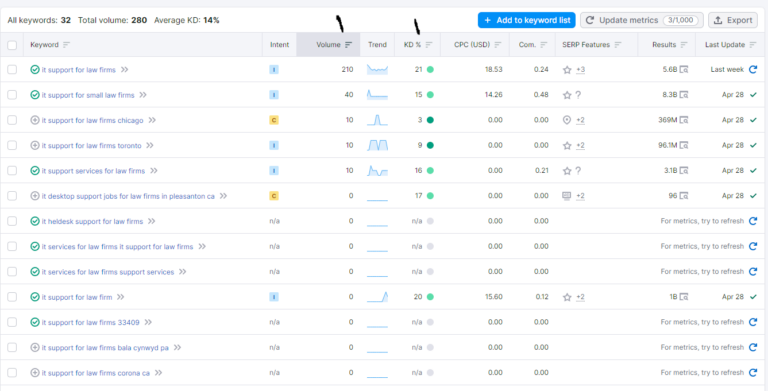
We helped them get the confidence they needed and the data in place to make an educated decision to narrow down the focus of their MSP to the legal vertical as part of formulating their marketing strategy. We were also able to show them reasons not to target alternative verticals.
Case Study Here
Create Buyer Personas and Scenarios
Once you’ve defined your ideal customer profile the next step is to create BUYER PERSONAS and BUYER SCENARIOS. These are fictional definitions of a specific person and a story about what makes them activate their need to buy. These are key elements that help streamline the process of hiring marketers, salespeople, contracts, freelancers, and a whole of other people you may need to engage to operate a successful marketing program. They also help keep you accountable and focused when creating your marketing campaigns and making your investment decisions. We recommend PDF versions of the persona and scenario that are kept in a centralized marketing repository and can easily be shared.
Take Inventory Of Your MSP Marketing Skills
When building out your MSP marketing strategy one thing you should consider is, what skills do you have in-house? Are you and the co-founders good with people? A sales-led motion with cold calling might be appropriate. Do you have some killer graphic design skills? A social media marketing campaign may be a good fit. Do you have surplus cash and are short on time? An advertising campaign could be fruitful. Are you a great writer? SEO could be a solid choice. Don’t fight what you’re good at, lean into it and leverage your in-house skills as part of your marketing strategy. Hire for what you’re not great at after the marketing machine is up and running.
Analyze MSP Customer Buying Habits
The next thing you should consider is how your customers tend to buy. Are they shopping for new solutions at a trade show? Are they conducting google searches? Are they watching YouTube videos? Do they listen to the local radio? Can you reach them by direct mail? How competitive is that channel of customer acquisition? Can you stand out within it?
Create A Go-To-Market Plan (GTM Plan)
With a customer profile defined, an inventory of in-house skills taken, and an understanding of customer buying habits, develop a go-to-market plan. For instance, if you were targeting operations managers at law firms in South Florida, you could source a list of those prospects via LinkedIn Sales Navigator and use a data enrichment tool like Zoom Info to find their phone numbers and give them a call to tell them about how you can help them move to the cloud and save money on infrastructure costs.
Alternatively, your strategy could be to create blog content every week and post it on social media in various legal groups discussing how to best leverage public cloud providers to make law firms more efficient and collaborative.
Again integrated marketing campaigns tend to perform the best, but when starting out with a limited budget, I find it’s best to focus on really owning a channel.
Executing Your MSP Marketing Strategy
The first thing to understand about executing a marketing plan is that it takes time to work. You will likely see traction and leading indicators of success along the way, but you won’t have a full picture of how your marketing efforts are performing for 6-18 months. For instance, you may only bring on one new customer in your first 3 months, it might take 6-18 months for the efforts you’re putting in to get near your target lead velocity and customer acquisition goals. In my experience, it’s really difficult to speed this process up AND bring on quality customers. Well-run companies don’t make rash decisions, they plan for growth, and they scrutinize vendors carefully. It also takes 5-12 brand touches for a prospect to reach a motivation level of engaging in the sales process. Those brand touches will likely be invisible to you as you execute your marketing strategy.
My best advice about executing your MSP marketing strategy is to trust the process, measure performance, and focus on the trajectory of your marketing program. Is your website’s traffic going up? Are you booking more meetings? When you get to the 6-month mark, take a more critical look at how your marketing program is performing and use that information to look at whether:
- You’re strategy needs adjustment
- Things are going great and you just need to continue executing
- Things are working, but your estimates of volume were off
More coming soon…


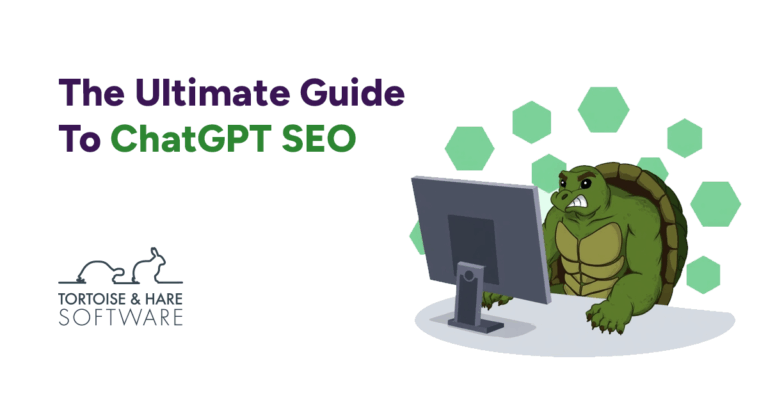
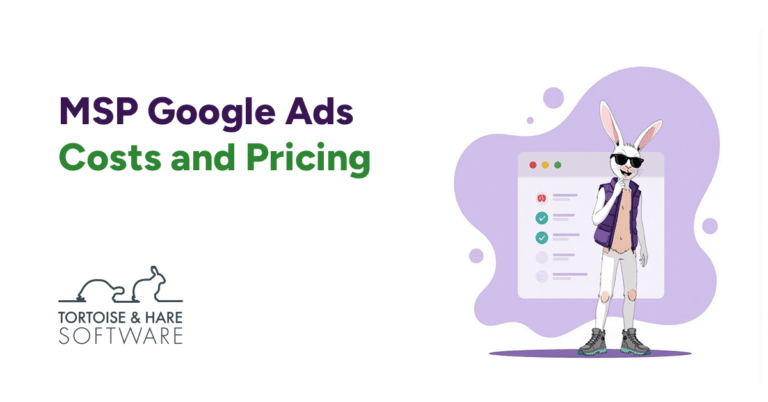

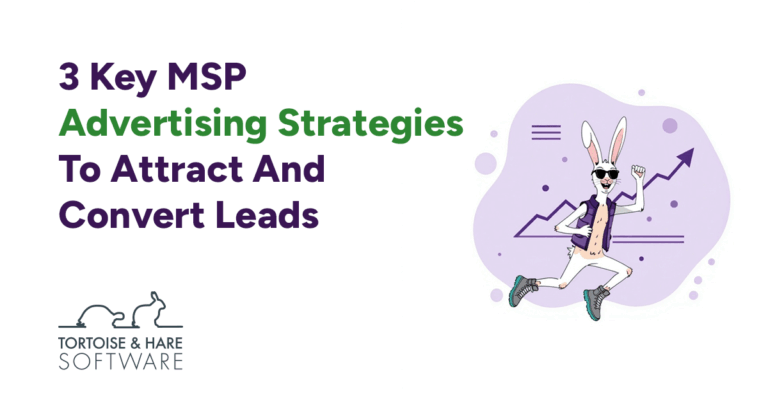
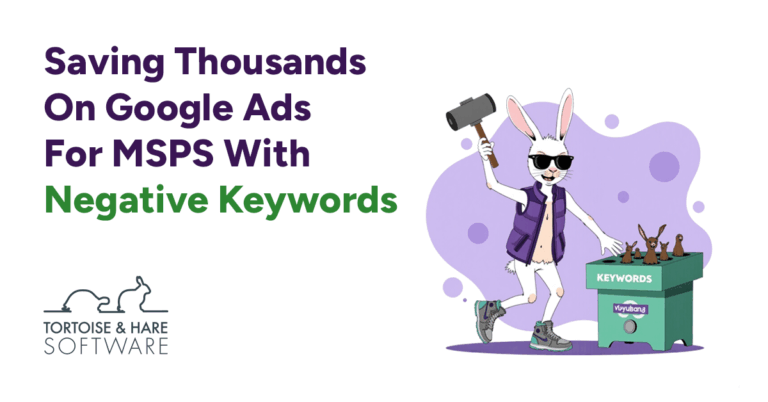

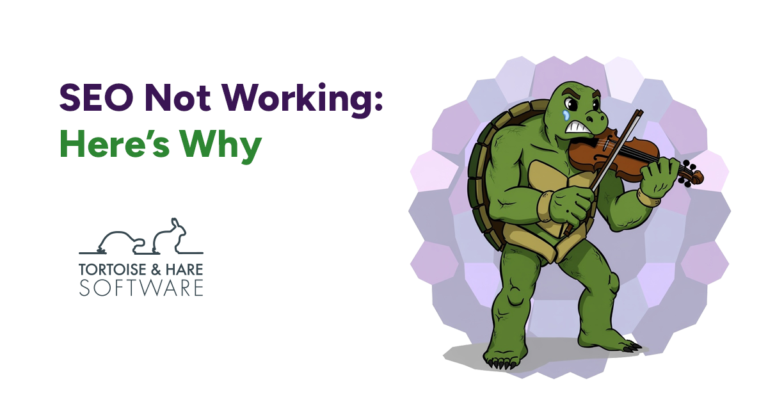
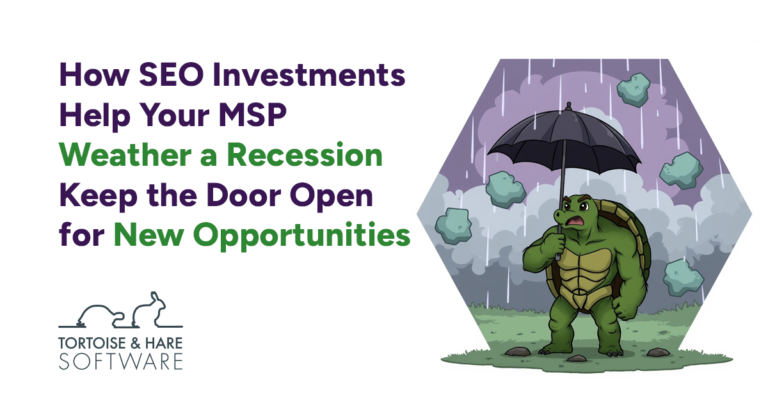
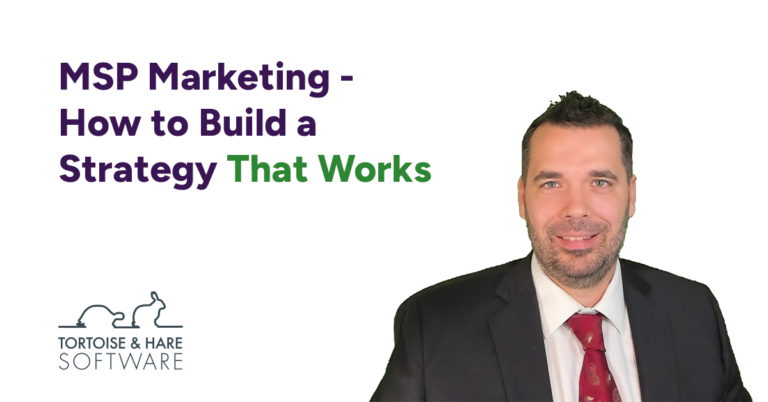
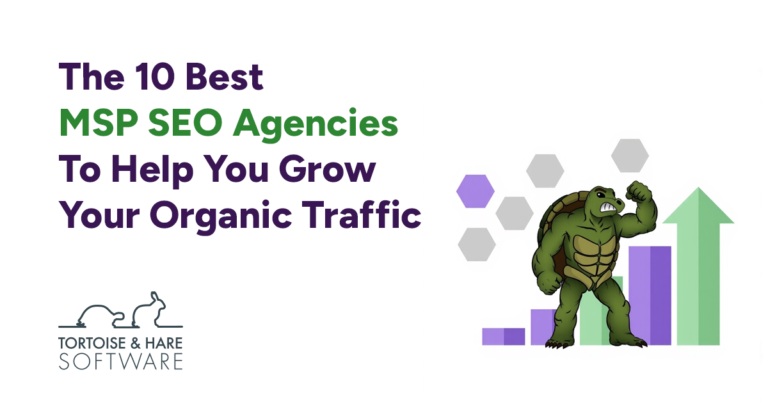
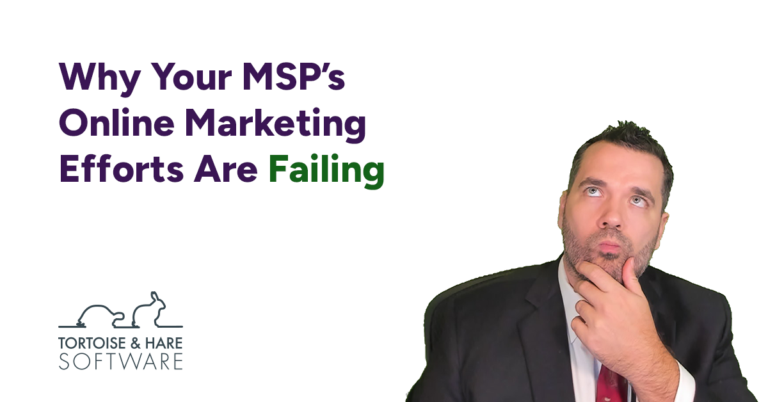
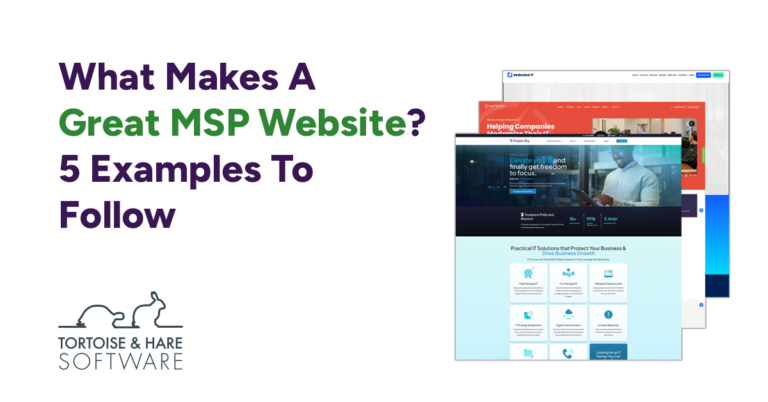
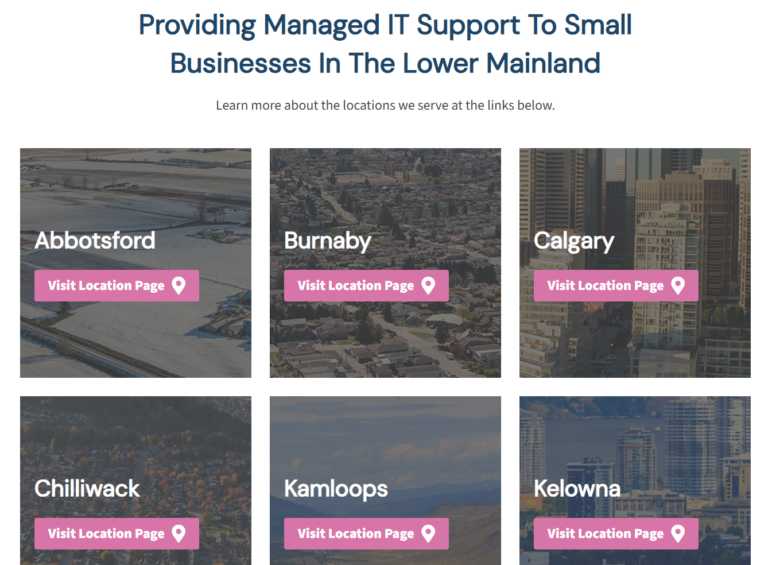









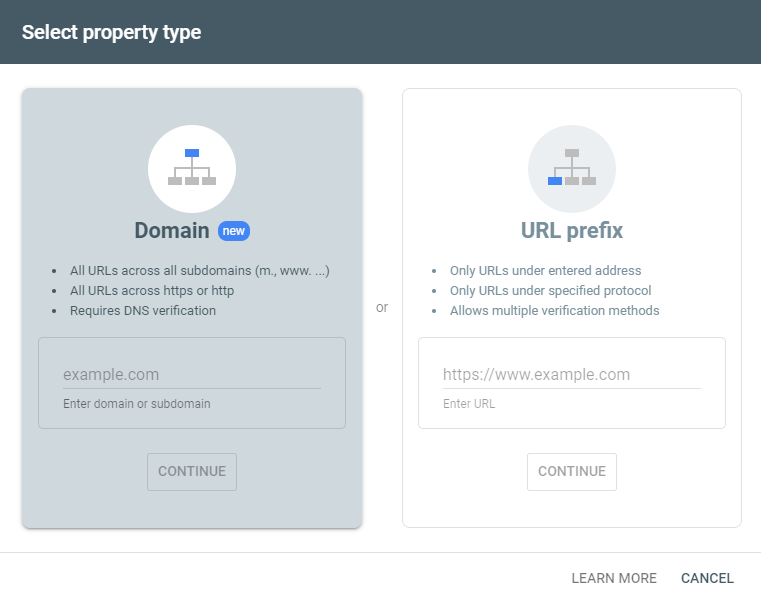
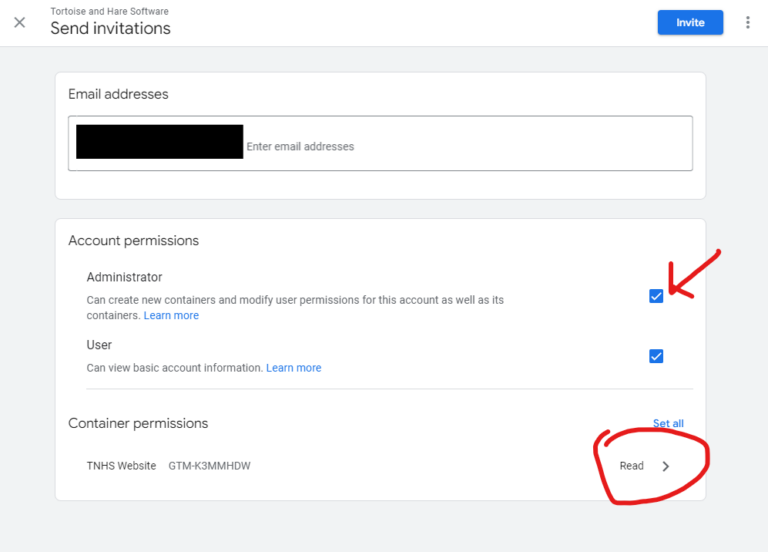





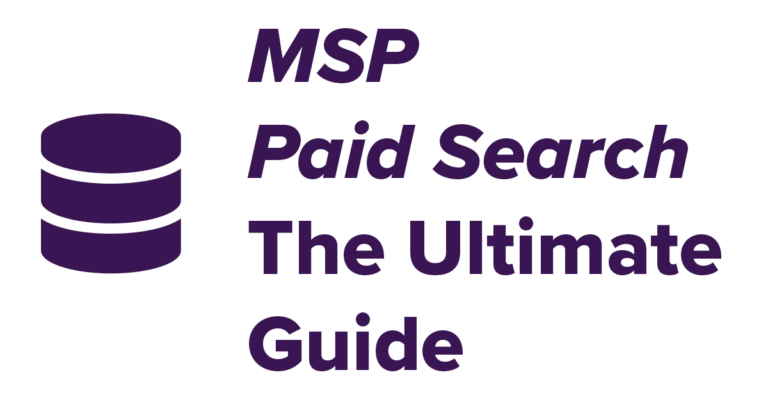
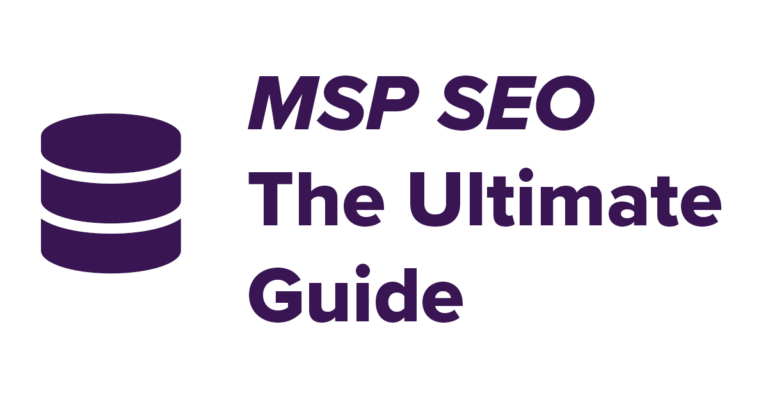


Leave a Comment